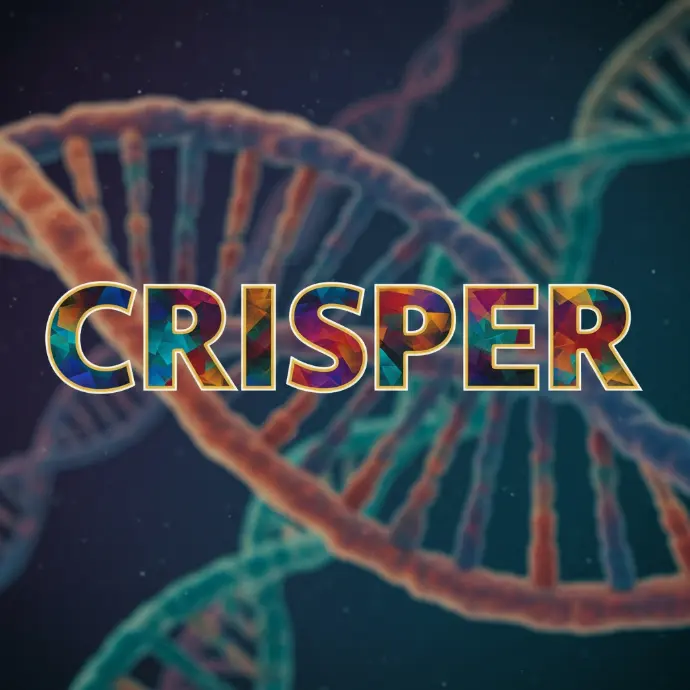
How AI and CRISPR Are Transforming Microbial Science
Artificial intelligence (AI) and CRISPR gene-editing technology are converging to redefine the boundaries of microbial science. CRISPR provides an unparalleled toolkit for precisely editing microbial genomes, enabling scientists to delete harmful genes, enhance beneficial traits, or engineer entirely new functions in microorganisms. This has far-reaching applications, from creating bacteria that break down environmental pollutants to developing probiotics that actively support human health.
AI amplifies these capabilities by accelerating every stage of the research pipeline. Machine learning algorithms can analyze vast genomic datasets to predict gene functions, identify ideal CRISPR targets, and even model the effects of specific edits before they’re made. This predictive power reduces trial-and-error, saving valuable time and resources. AI also plays a crucial role in automating image analysis, spotting subtle microbial growth patterns, and detecting anomalies invisible to the human eye.
Together, AI and CRISPR are transforming microbial science from a largely observational discipline into one that is proactive, predictive, and highly customizable. This synergy not only speeds up scientific discovery but also opens the door to innovations that could reshape medicine, agriculture, and environmental stewardship in the coming decade.